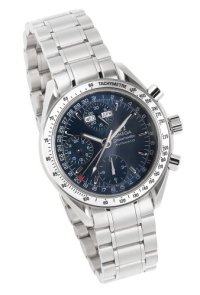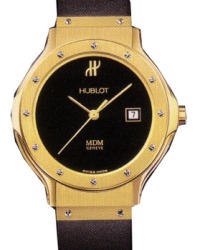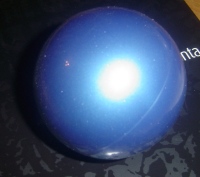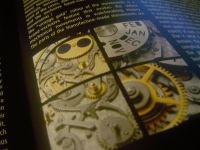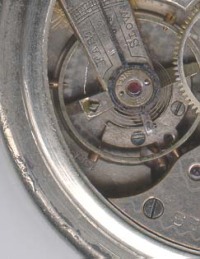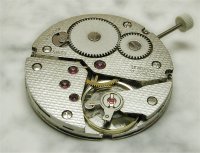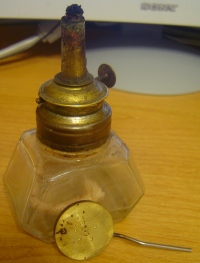 This is one of those tools that when my co-workers (not watchmakers) see me using it they always ask what I am doing. It’s an alcohol lamp and a pallet warmer. So, what do I do with it? Burn alcohol and warm pallets, duh! Just kidding.
This is one of those tools that when my co-workers (not watchmakers) see me using it they always ask what I am doing. It’s an alcohol lamp and a pallet warmer. So, what do I do with it? Burn alcohol and warm pallets, duh! Just kidding.
Many adjustable parts in watches (like most jewels) are held in place by friction but there are a few things which need to be adjustable and need to withstand large forces. For these items we use shellac to hold them in place. Shellac is the secretion of the lac beetle, a very diluted version is used for applying finishes to wood, but also, in a thick form it is a very hard re-heatable adhesive. It is commonly used to hold pallet stones and roller jewels in place. Shellac dissolves in alcohol and becomes soft when heated to between 170-200 degrees fahrenheit, but is extremely hard (and brittle) at room temperature.
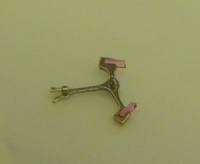 The two stones on the pallet fork interact with the escape wheel to block the unwinding motion of the train and to let the escape wheel pass one tooth at a time at a rate controlled by the balance. The depth of interaction is adjustable by softening the shellac and moving the stones in and out by extremely small amounts (hundredths of a millimeter). The two stones need to be even and adjusted just right so that the escape wheel is properly “locked” each time and so that just the right amount of force is required to “unlock” it. This adjustment takes a lot of practice. The stones are pushed in using a piece of pegwood or pried out using a very sharp metal point.
The two stones on the pallet fork interact with the escape wheel to block the unwinding motion of the train and to let the escape wheel pass one tooth at a time at a rate controlled by the balance. The depth of interaction is adjustable by softening the shellac and moving the stones in and out by extremely small amounts (hundredths of a millimeter). The two stones need to be even and adjusted just right so that the escape wheel is properly “locked” each time and so that just the right amount of force is required to “unlock” it. This adjustment takes a lot of practice. The stones are pushed in using a piece of pegwood or pried out using a very sharp metal point.
You can get an electric heater to do the job also and there is a tool which holds the pallet fork and shows on a dial exactly how far you are moving the stones called an escapement meter. You still have to have a light touch to move the stones a very small amount but the dial helps you to better gauge how far you are moving them. Together the two tools cost over $1000 so I’m stuck doing it the traditional way for now. The escapement meter and heater are on my wish list. If you know where I can get a good quality used one for less, leave me a comment. In watchmaking school they made us do it the traditional way before they let us use the escapement meter, and I am glad they did. I guess they know that most little shops like mine don’t have an escapement meter sitting around. If you work in “the industry” you probably would have access to one.
The truth is I don’t have to adjust pallet stones every day. They are adjusted at the factory and unless you have to replace an escape wheel or pallet fork they should stay correctly adjusted, but on older watches I find that often somebody came along and moved them for some reason (probably to squeeze out a little more amplitude to compensate for some other mistake.) and I sometimes have to adjust them.
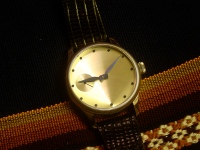 I also use my lamp and pallet warmer to temper steel. After hardening the steel with a propane torch I temper steel over the alcohol flame because it allows for a slower more controlled flame. This is how you get those beautiful blued screws and hands you see in some watches like my school watch. I have struggled to get a good photo of my watch but here is one attempt.
I also use my lamp and pallet warmer to temper steel. After hardening the steel with a propane torch I temper steel over the alcohol flame because it allows for a slower more controlled flame. This is how you get those beautiful blued screws and hands you see in some watches like my school watch. I have struggled to get a good photo of my watch but here is one attempt.
If you like what you read here, please feel free to donate.

